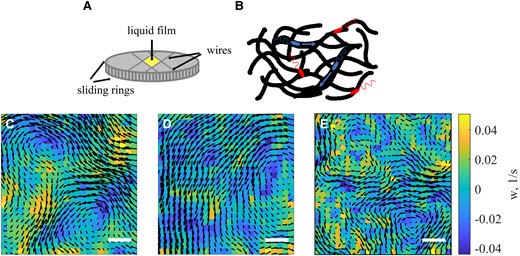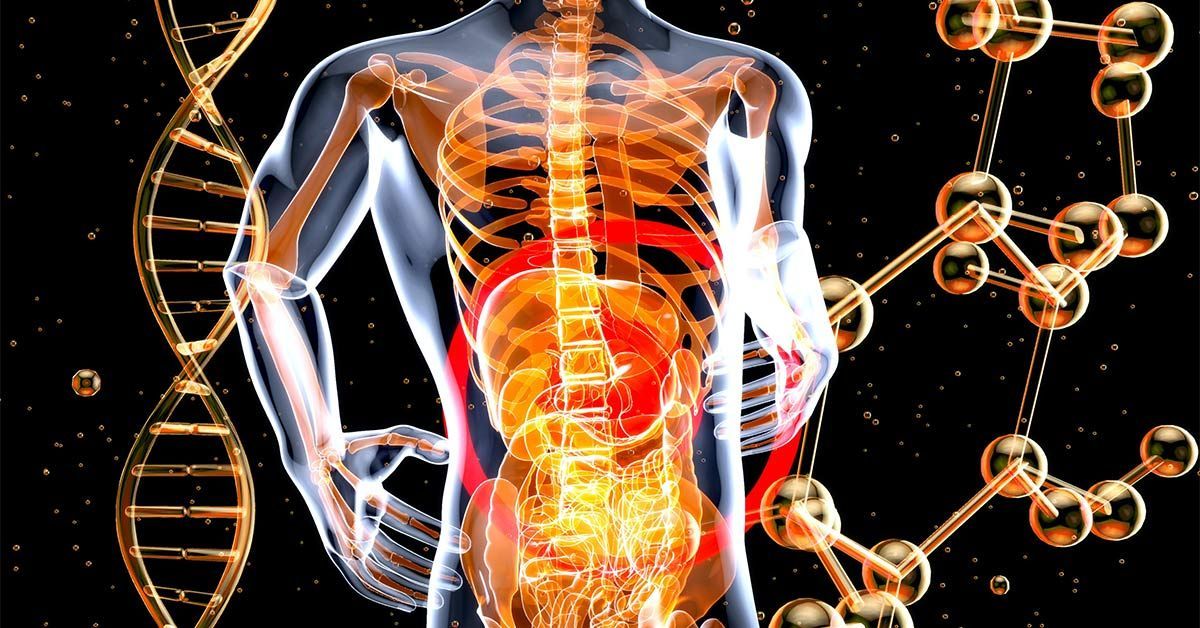2023-12-05 ペンシルベニア州立大学(PennState)
◆実験では、合成豚胃粘液や天然の牛子宮粘液、ポリビドンといった物質を使用し、粘液が水よりも厚い状態で細菌がより効果的に群れを成すことが観察されました。この結果は、細菌が粘液を利用して自己組織化し、感染を引き起こす方法を示し、これが細菌コロニーの抗生物質耐性を高める可能性があることを示唆しています。
<関連情報>
- https://www.psu.edu/news/research/story/bacterias-mucus-maneuvers-study-reveals-how-snot-facilitates-infection/
- https://academic.oup.com/pnasnexus/article/2/9/pgad291/7261374?login=false
粘弾性により細菌の集団運動が促進される Viscoelasticity enhances collective motion of bacteria
Wentian Liao, Igor S Aranson
PNAS Nexus Published:06 September 2023
DOI:https://doi.org/10.1093/pnasnexus/pgad291

Abstract
Bacteria form human and animal microbiota. They are the leading causes of many infections and constitute an important class of active matter. Concentrated bacterial suspensions exhibit large-scale turbulent-like locomotion and swarming. While the collective behavior of bacteria in Newtonian fluids is relatively well understood, many fundamental questions remain open for complex fluids. Here, we report on the collective bacterial motion in a representative biological non-Newtonian viscoelastic environment exemplified by mucus. Experiments are performed with synthetic porcine gastric mucus, natural cow cervical mucus, and a Newtonian-like polymer solution. We have found that an increase in mucin concentration and, correspondingly, an increase in the suspension’s elasticity monotonously increases the length scale of collective bacterial locomotion. On the contrary, this length remains practically unchanged in Newtonian polymer solution in a wide range of concentrations. The experimental observations are supported by computational modeling. Our results provide insight into how viscoelasticity affects the spatiotemporal organization of bacterial active matter. They also expand our understanding of bacterial colonization of mucosal surfaces and the onset of antibiotic resistance due to swarming.


